From Camelot to the Teflon President: Economics and Presidential Popularity Since 1960
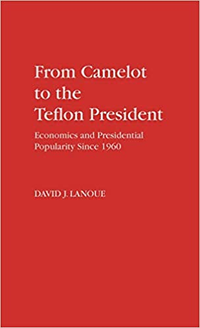
Summary
This work is a detailed description of the use of Box Jenkins time-series analysis techniques--including autoregressive-integrated moving average (ARIMA) modeling--to test two hypotheses relating economic conditions to presidential popularity. . . . Lanoue's model shows the two hypotheses to be interrelated. Rising inflation rates have a negative effect on presidential popularity; falling inflation rates have no impact. These negative impacts are present only for Democratic administrations. Recession--as measured by declining real disposable income--leads to a decline in presidential popularity. Recovery from recession leads to a return in popularity. . . . Despite the clarity of the writing and the separation of the methodological details from most of the substantive discussions, this work is most appropriate for advanced undergraduates, graduate, and research collections.
Annals of the American Academy
Presidential popularity has been much discussed in recent years. This analysis deals with questions raised by the differing patterns of public approval experienced by the last six U.S. presidents, starting with John Kennedy's administration (Camelot) and concluding with a look at Ronald Reagan, who has often been termed the Teflon President. Lanoue begins with an overview of economics and politics as they relate to presidential popularity. He presents the research design and discusses the methodology involved, expecially the use of the Box-Jenkins approach. The results of his analysis are presented in two sections. The first, Inflation and Popularity, presents a model of presidential popularity as it relates to inflation. Specifically, it argues that voters evaluate the economic performances of different parties' presidents in different ways. The second section, Income and Popularity, takes an initial look at symmetry and income, and then presents two approaches to the analysis of asymmetry. This Asymmetric Hypothesis states that the electorate punishes the president and his party for hard times, but fails to reward them when economic conditions improve. The concluding chapter analyzes whether asymmetry is psychological or situational, and considers partisan effects in a chapter subtitled Bad News for Democrats. A final section on macroeconomic policy deals with maximizing popularity through changes in economic priorities.
Similar Books
-
 Social Marketing: Why should the Devil have all the best tunes?
Social Marketing: Why should the Devil have all the best tunes?by Gerard Hastings
-
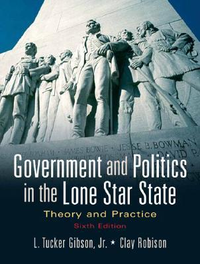 Government and Politics in the Lone Star State: Theory and Practice
Government and Politics in the Lone Star State: Theory and Practiceby L. Tucker Gibson Jr.
-
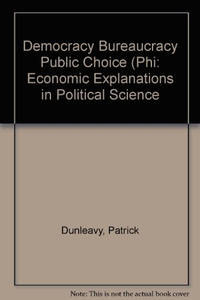
-
 To What Ends and By What Means
To What Ends and By What Meansby Gloria M. Rodriguez
-
 Corruption in International Trade and Commercial Arbitration
Corruption in International Trade and Commercial Arbitrationby Abdulhay Sayed
-
 Pricing Decisions in the Euro Area: How Firms Set Prices and Why
Pricing Decisions in the Euro Area: How Firms Set Prices and Whyby Silvia Fabiani
-
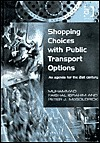 Shopping Choices with Public Transport Options: An Agenda for the 21st Century
Shopping Choices with Public Transport Options: An Agenda for the 21st Centuryby Muhammad Faisal Ibrahim
-
 International Extradition United States Law and Practice Release One and Two
International Extradition United States Law and Practice Release One and Twoby M. Cherif Bassiouni
-
 The Economic Benefits And Costs Of Entrepreneurship: A Review of the Research
The Economic Benefits And Costs Of Entrepreneurship: A Review of the Researchby C. Mirjam van Praag
-
 Transportation Planning and the Future
Transportation Planning and the Futureby Peter Nijkamp
-
 Banks, Finance and Investment in Germany
Banks, Finance and Investment in Germanyby Jeremy Edwards
-
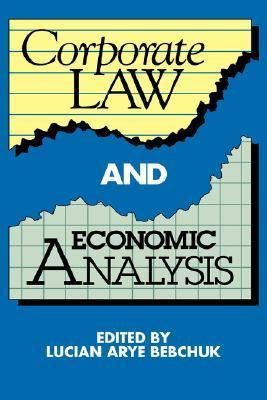 Corporate Law and Economic Analysis
Corporate Law and Economic Analysisby Lucian Arye Bebchuk
-
 Earth Observation Data Policy
Earth Observation Data Policyby Raymond Harris
-
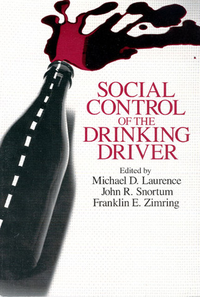 Social Control of the Drinking Driver
Social Control of the Drinking Driverby Michael D. Laurence
-
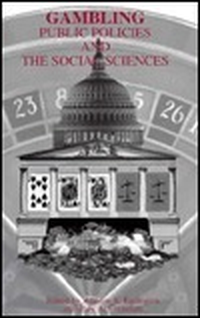 Gambling: Public Policies And The Social Sciences
Gambling: Public Policies And The Social Sciencesby William R. Eadington
-
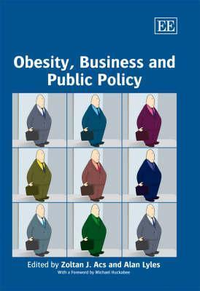 Obesity, Business and Public Policy
Obesity, Business and Public Policyby Alan Lyles
-

-

-
 Bankers Remedy of Set Off
Bankers Remedy of Set Offby Sheelagh McCraken
-
 Can the Free Market Pick Winners?: What Determines Investment
Can the Free Market Pick Winners?: What Determines Investmentby Paul Davidson
-
 Social Control of the Drinking Driver (Studies in Crime & Justice
Social Control of the Drinking Driver (Studies in Crime & Justiceby Michael D. Laurence
-
 The Role of Economic Analysis in the EC Competition Rules
The Role of Economic Analysis in the EC Competition Rulesby Doris Hildebrand
-
 CHEMICAL WARFARE ARMS CONTROL
CHEMICAL WARFARE ARMS CONTROLby Julian Perry Robinson